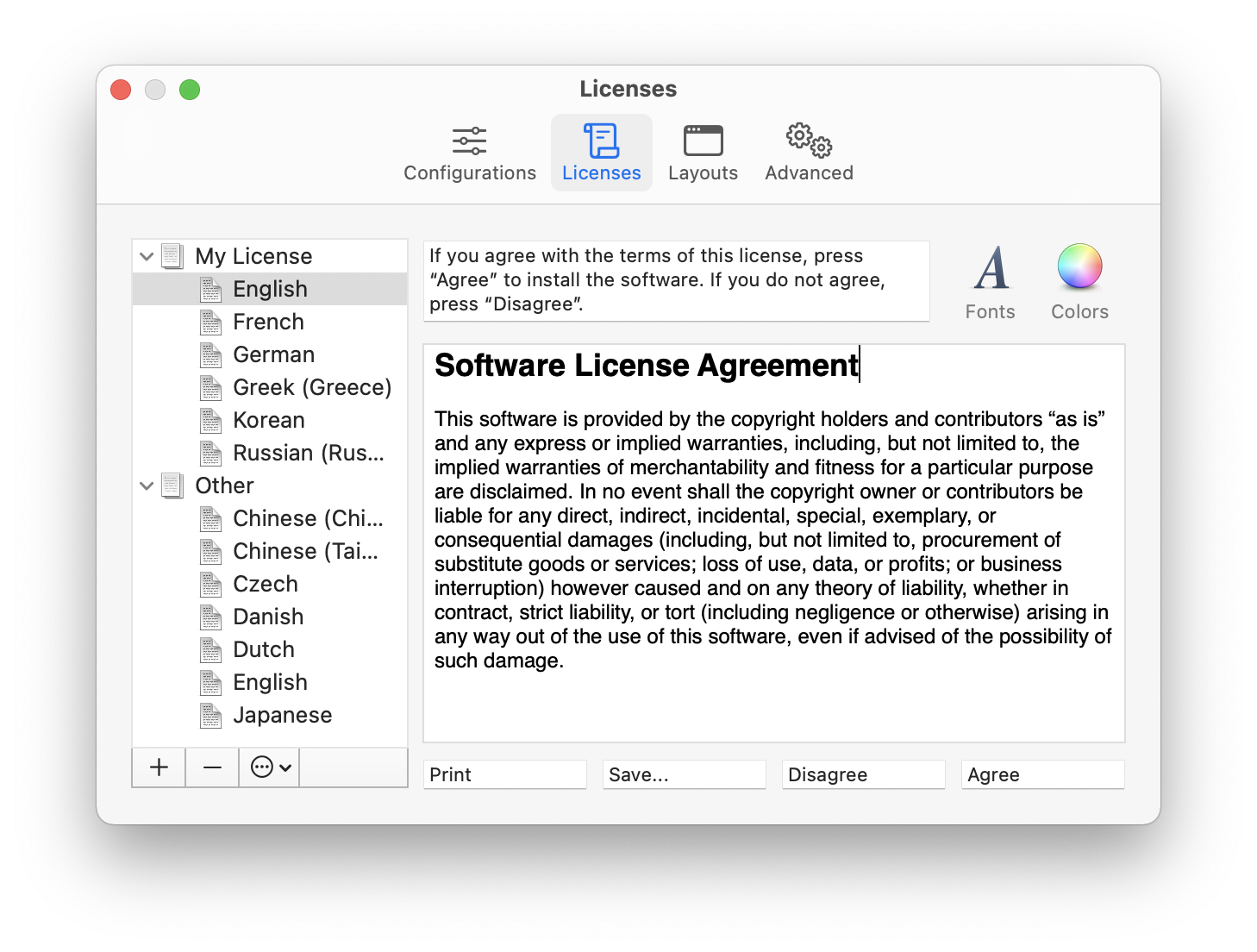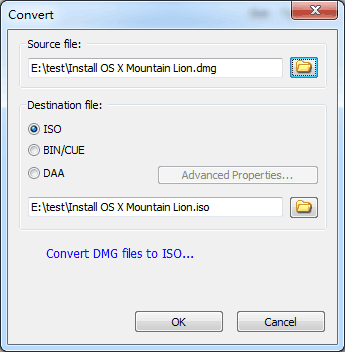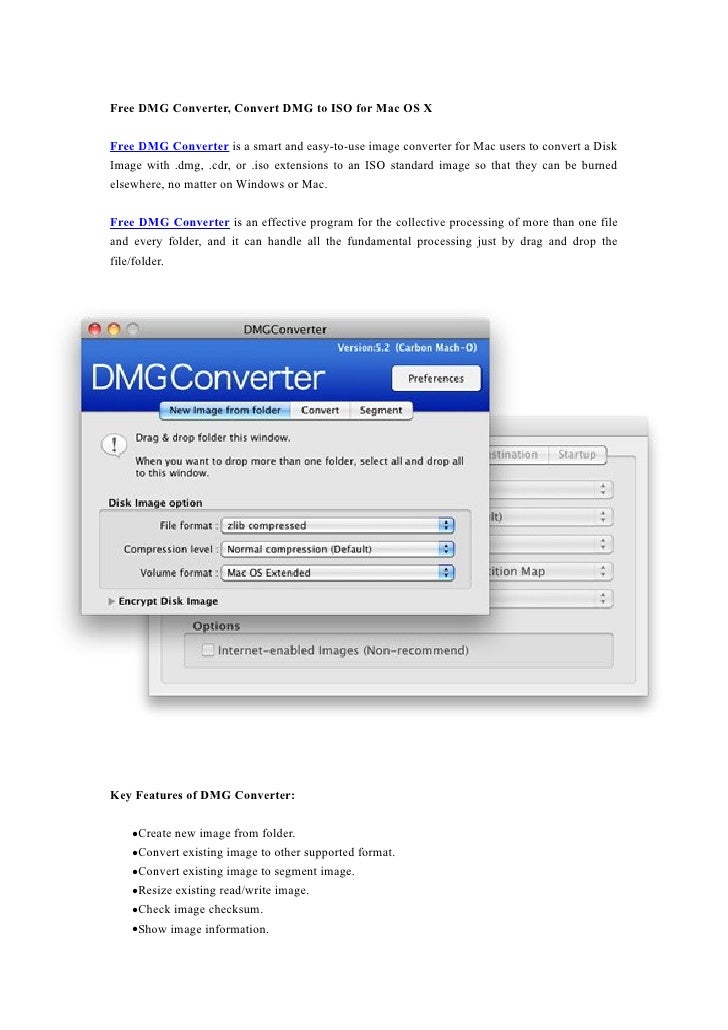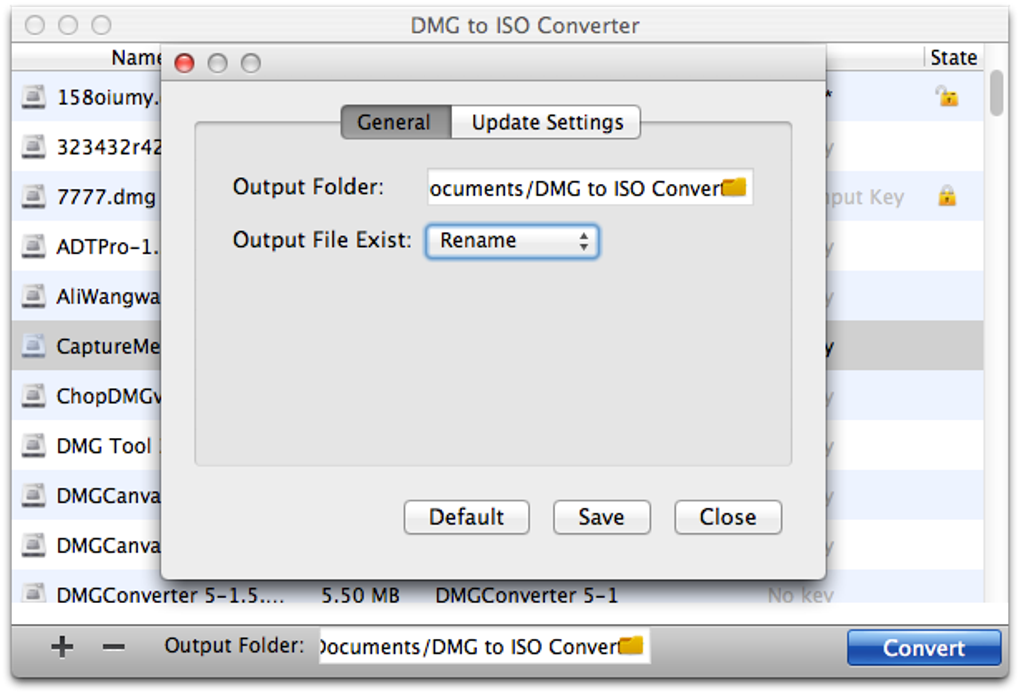
Mac systems treat DMG in the same way they would treat a disc that was inserted and they instantly try to open or “run” the file. Technical details The DMG file extension was specifically designed for Macintosh computers and users are likely to have a lot of trouble if trying to use them on a Windows device.
- This video tutorial covers converting a ISO file to a DMG file on Mac OSX. For step by step instructions, follow the link below:http://clusterfrak.com/kb/app.
- The DMG image file is by far the most popular file container format used to distribute software on Mac OS X. In order to be more compatible with more operating systems and devices, it is an excellent way to convert DMG to ISO.
| Name | DMG |
| Full name | DMG, Mac OS X Disk Image |
| File extension | .dmg |
| MIME type | |
| Developed by | Apple INC. |
| Type of format | Raster image |
| Description | The DMG file extension was created by Apple and is primarily used on Macintosh computers and devices. In most cases the DMG file is used to give the Mac devices the ability to install different types of files and software that originate from the internet. The DMG file is essentially a mountable disc image that shows up on your desktop when it is opened. The file contains raw data that is usually both encrypted and compressed. Mac systems treat DMG in the same way they would treat a disc that was inserted and they instantly try to open or “run” the file. |
| Technical details | The DMG file extension was specifically designed for Macintosh computers and users are likely to have a lot of trouble if trying to use them on a Windows device. There may be instances where one can convert the files, but it probably needed to look for additional utilities that will allow the file to be accessed from the chosen device. There are some also executable files that can help with this. However, if the original DMG file was password protected by Apple, those executable applications may not work. The DMG file has several different formats that are used and these include Linux, Fat32, UFS, ProDOS, HFS and HFS+. |
| Associated programs | Power Archiver, 7-zip, Iso Bit Zipper |
| Wiki | https://en.wikipedia.org/wiki/.dmg |
The Adobe DNG Converter enables you to easily convert camera-specific raw files from supported cameras to a more universal DNG raw file. Another benefit of using the DNG Converter is backward compatibility.
Note:
Adobe provides backwards compatibility for the latest cameras for use in older versions of Photoshop, Lightroom, Bridge, After Effects, and Photoshop Elements through the DNG Converter.
For conceptual information about raw files and the DNG format, and to understand why you should convert your files to DNG, see the Appendix.
Windows: Adobe DNG Converter
macOS: Adobe DNG Converter


- Open the downloaded file and double-click the DNG Converter executable file.
- Follow the onscreen instructions.
Dmg To Iso Converter Mac
The DNG Converter is now available in your Programs (Windows) or Applications (macOS) directory. The installation utility is designed to also install a set of color profiles required for the DNG Converter to function properly. These profiles are copied to a common resource location.
- Launch the DNG Converter by double-clicking its icon. Alternatively, drag and drop individual images or a folder of images directly onto the Adobe DNG Converter icon. This action automatically launches the converter.
- Select the folder of images you'd like to convert to DNG.
- Select the location where you want to save the converted DNG files.
- Select a naming pattern for the new DNG files:
Document Name: The existing name of the file is used with the DNG extension added.
Add serial numbers or letters to the name: Advanced patterns; an example of the resulting name appears after Name Example. - Specify the following additional settings for the DNG file names:
Begin numbering: Enter the starting serial number if you'd like it to be different from 1.
File Extension: The file extension is automatically set to DNG. You can choose the extension to be either uppercase or lowercase. - If necessary, change the compatibility preferences.
- Click Convert. A dialog box showing the status of the conversion appears.
Iso Dmg Converter Mac
Dng Converter Mac
To change compatibility preferences, follow these steps:
- In the Preferences section of the DNG Converter dialog box, click Change Preferences.
- Choose one of the following options:
Camera Raw 2.4 and later: The DNG file will be readable by Camera Raw 2.4 (Photoshop CS) and later, and Lightroom 1.0 and later
Camera Raw 4.1 and later: The DNG file will be readable by Camera Raw 4.1 (Photoshop CS3) and later, and Lightroom 1.1 and later. The DNG file will often be readable by earlier versions, depending on the camera model.
Camera Raw 4.6 and later: The DNG file will be readable by Camera Raw 4.6 (Photoshop CS3) and later, and Lightroom 2.1 and later. The DNG file will often be readable by earlier versions, depending on the camera model.
Camera Raw 5.4 and later: The DNG file will be readable by Camera Raw 5.4 (Photoshop CS4) and later, and Lightroom 2.4 and later. The DNG file will often be readable by earlier versions, depending on the camera model.
Camera Raw 6.6 and later: The DNG file will be readable by Camera Raw 6.6 (Photoshop CS5) and later, and Lightroom 3.6 and later. The DNG file will often be readable by earlier versions, depending on the camera model.
Camera Raw 7.1 and later: The DNG file will be readable by Camera Raw 7.1 (Photoshop CS6) and later, and Lightroom 4.1 and later. The DNG file will often be readable by earlier versions, depending on the camera model.
Custom:- Backward Version: DNG 1.1, DNG 1.3, or DNG 1.4 (default 1.4)
- Linear (demosaiced): The image data is stored in an interpolated ('demosaiced') format. This option is useful if a camera's particular mosaic pattern is not supported by a DNG reader. The default mosaic format maximizes the extent of data preserved. Mosaic image data can be converted to linear data, but the reverse is not possible.
- Uncompressed: No compression is applied to the raw image data.
Video | The advantages of the DNG file format

A raw file contains the 'raw' data captured by the digital camera sensor before it has been converted to JPEG or TIFF formats. Cameras that create JPEG or TIFF files process (and in the case of JPEG files, compress) the sensor data. When working with raw files, the file is not compressed or processed in the camera. Instead, software gives the user complete control over the conversion settings. For example, white balance is not applied to the raw file but is stored with the file so the software can default to the originally-intended setting. Other information contained in a DNG file includes standard EXIF metadata (just like in JPEG files), date, time, camera used, and camera settings.
Raw files offer the following benefits:
- Smaller files than uncompressed TIFF
- Does not have the artifacts of compressed JPEGs
- Many key camera parameters, such as white balance, can be modified even after the image is captured
- You have complete control over conversion settings rather than letting the camera decide
- Access to 16-bit data for greater detail and fidelity
- Flexibility of converting a single file using multiple conversion settings
Digital Negative (DNG) is an openly published raw file specification that stores the 'raw' pixel data captured by the digital camera sensor before it has been converted to JPEG or TIFF formats, along with standard EXIF metadata, date, time, camera used, and camera settings. This format is freely available for other software and hardware vendors to support.
Unlike most manufacturer-specific raw formats, the Digital Negative is an openly published specification that not only is supported by Adobe, but is also freely available for other software and hardware vendors to support. Consequently, it can be a safer file format to use for long-term archival purposes. Archiving your file as a digital negative eliminates worries that the raw file will no longer be readable once the camera format that created it becomes obsolete.
The Digital Negative specification allows for not only all of the pixel information stored in current raw formats, but also for all of the additional, proprietary metadata that many manufacturers include. The Adobe DNG Converter may, in some cases, ignore some of this proprietary metadata, and only include the basic information necessary for creating a high-quality image file. The original raw file, however, can also be embedded in the new DNG format to ensure that proprietary metadata from the manufacturer is not lost.